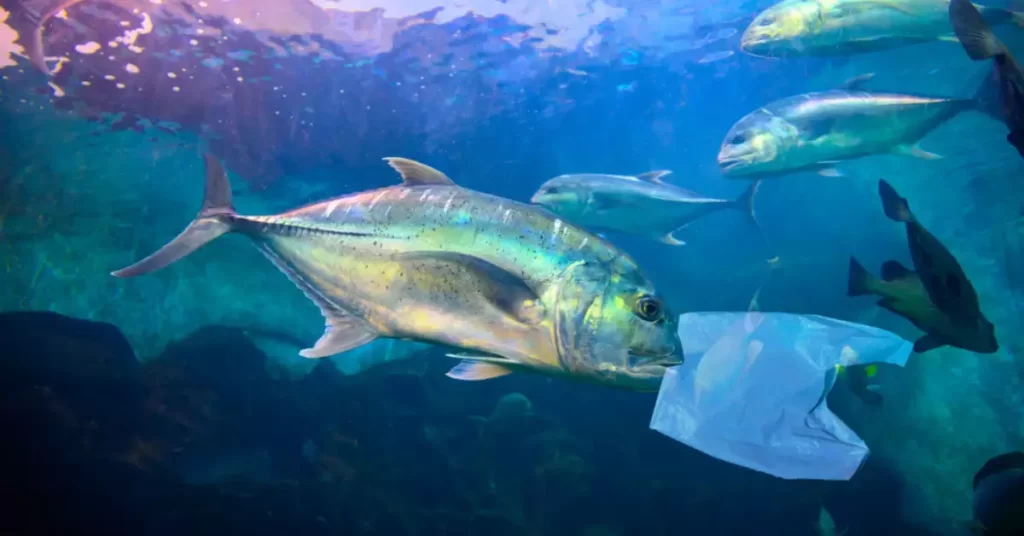A balanced diet is essential for the health and well-being of any pet, including fish. One of the questions many fish owners might have is whether they can feed their fish peas.
In this comprehensive guide, we will explore the benefits and drawbacks of feeding peas to fish, discuss which species can consume peas, and provide advice on how to prepare and serve them. Let’s dive in!
The Nutritional Benefits of Peas for Fish
Vitamins and Minerals
Peas are packed with essential vitamins and minerals that can benefit your fish. They are a good source of vitamins A, C, and K, as well as minerals like potassium, iron, and magnesium.
These nutrients support various functions in fish, such as maintaining a healthy immune system, growth, and reproduction.
Fiber and Digestion
One of the primary reasons fish owners consider feeding peas to their pets is their high fiber content.
Fish can sometimes suffer from constipation, and the fiber found in peas can help regulate their digestive system and keep it functioning smoothly.
Protein and Amino Acids
Although peas are not a primary source of protein for fish, they do contain some essential amino acids that can help supplement their diet.
However, it is essential to ensure that your fish’s primary diet is still well-rounded and contains all the necessary nutrients they require.
Which Fish Can Eat Peas?
Freshwater Fish
Many popular freshwater fish can safely eat peas, including goldfish, bettas, and various species of cichlids. These fish are omnivorous and can benefit from the addition of plant-based foods to their diet.
Saltwater Fish
Feeding peas to saltwater fish is generally not recommended. These fish have different dietary needs, and their primary diet should consist of marine-based proteins and other nutrients.
If you are unsure, always consult with an expert or perform thorough research on your specific fish species’ dietary requirements.
How to Prepare and Serve Peas to Fish
Preparation
Before feeding peas to your fish, it is crucial to prepare them properly. Here are the steps you should follow:
- Choose fresh or frozen peas (avoid canned peas due to added salt and preservatives).
- Thaw frozen peas or blanch fresh peas in boiling water for 1-2 minutes.
- Remove the outer shell to expose the soft inner pea.
- Cut the pea into smaller pieces, depending on the size of your fish.
Serving and Portion Size
It is important to serve peas as an occasional treat or supplement rather than a primary food source. Introduce peas slowly and monitor your fish’s response to ensure they can digest them properly.
The appropriate portion size will depend on the size and species of your fish; consult an expert or research your specific fish’s dietary needs for guidance.

Potential Drawbacks of Feeding Peas to Fish
Overfeeding
One of the potential risks associated with feeding peas to fish is overfeeding. Overfeeding can lead to obesity, constipation, and other health issues.
Make sure to provide a balanced diet and monitor your fish’s overall health closely.
Allergies or Sensitivities
Although rare, some fish might have an allergy or sensitivity to peas.
If you notice any signs of distress or adverse reactions after introducing peas, discontinue their use and consult a veterinarian or fish expert.
Other Foods to Consider for Your Fish
In addition to peas and other vegetables, it is essential to provide your fish with a well-rounded diet that meets their specific nutritional needs. Some other foods to consider for your fish include:
High-Quality Pellets or Flakes
Choose a high-quality pellet or flake food specifically formulated for your fish species. This should form the basis of their diet, ensuring they receive all the necessary nutrients for optimal health.
Frozen or Live Foods
Depending on your fish species, you may also want to consider offering occasional frozen or live foods, such as brine shrimp, bloodworms, or daphnia.
These foods can provide additional protein and other nutrients to support your fish’s growth and overall health.
Fruit
Some fish species may also enjoy small amounts of fruit, such as berries or melon, as an occasional treat.
Be sure to research the specific dietary needs of your fish and consult an expert if you are unsure about the suitability of any particular fruit.
Frequently Asked Questions
How often should I feed peas to my fish?
Peas should be considered a treat or supplement rather than a staple food source.
It is best to feed peas to your fish no more than once or twice a week, depending on their size and dietary requirements.
Can I feed other vegetables to my fish?
Yes, many fish can benefit from a variety of vegetables in their diet. Other suitable vegetables include spinach, lettuce, zucchini, and cucumber.
Remember to always research the specific dietary needs of your fish species and consult an expert if you are unsure.
Can peas cause any harm to my fish?
While peas can offer several health benefits to your fish, they can also cause problems if not prepared and served correctly or if fed in excessive amounts.
Overfeeding can lead to obesity, constipation, and other health issues. Always monitor your fish’s response to peas and adjust their diet accordingly.
Conclusion
Feeding peas to fish can be a beneficial addition to their diet, providing essential nutrients and aiding in digestion.
However, it is important to remember that peas should be offered as an occasional treat or supplement and not as a primary food source.
Always research the specific dietary needs of your fish species and prepare the peas properly to ensure the best results.
By providing a balanced, varied diet, you can support the long-term health and well-being of your aquatic pets.